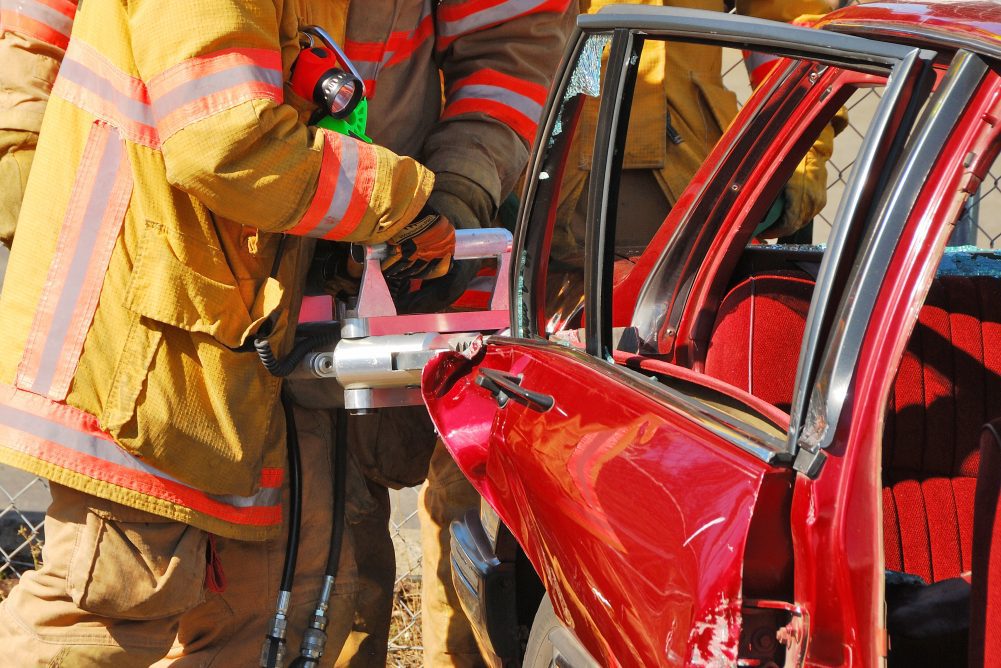Should you become the victim of an Illinois car crash, you stand a good chance of receiving burns that could affect the rest of your life.
The American Burn Association warns that you can actually suffer the following four different types of burns during a fiery car crash:
- One of more scald burns if gasoline or one of your vehicle’s other hot liquids or even excessively hot coffee spills onto any part of your body
- One or more thermal burns if any part of your body touches the flames or comes into contact with a surface of your vehicle which becomes hot enough to burn
- One or more chemical burns if any of your vehicle’s caustic fluids, such as steering fluid, antifreeze, transmission fluid, etc. touches any part of your body
- One or more electrical burns if one of your vehicle’s live electrical wires touches any part of your body or if you come into contact with a damaged power line
Burn degrees
In addition to four types of burns, you can also suffer four degrees of burns: first-, second-, third- and fourth-degree. The lower the number, the less serious the burn. For instance, first- and second-degree burns affect only the outer layer(s) of your skin and generally occur when you get a sunburn.
Unfortunately, fiery car crash burns virtually always represent either third- or fourth-degree burns. Both can threaten your life. With a third-degree burn, not only does your skin burn away, but the nerves, tissues, muscles and tendons below the skin also get burned. A fourth-degree burn represents the most serious burn of all, one that burns deep into your body, right down to the bone.
Receiving a serious burn in a car accident likely will require you to spend months in the hospital burn unit where you will undergo painful debridement and possibly surgery to minimize the scars that burns inevitably produce. Nevertheless, serious burns can disfigure you for life regardless of the best surgical intervention.
This is general educational information and not intended to provide legal advice.













